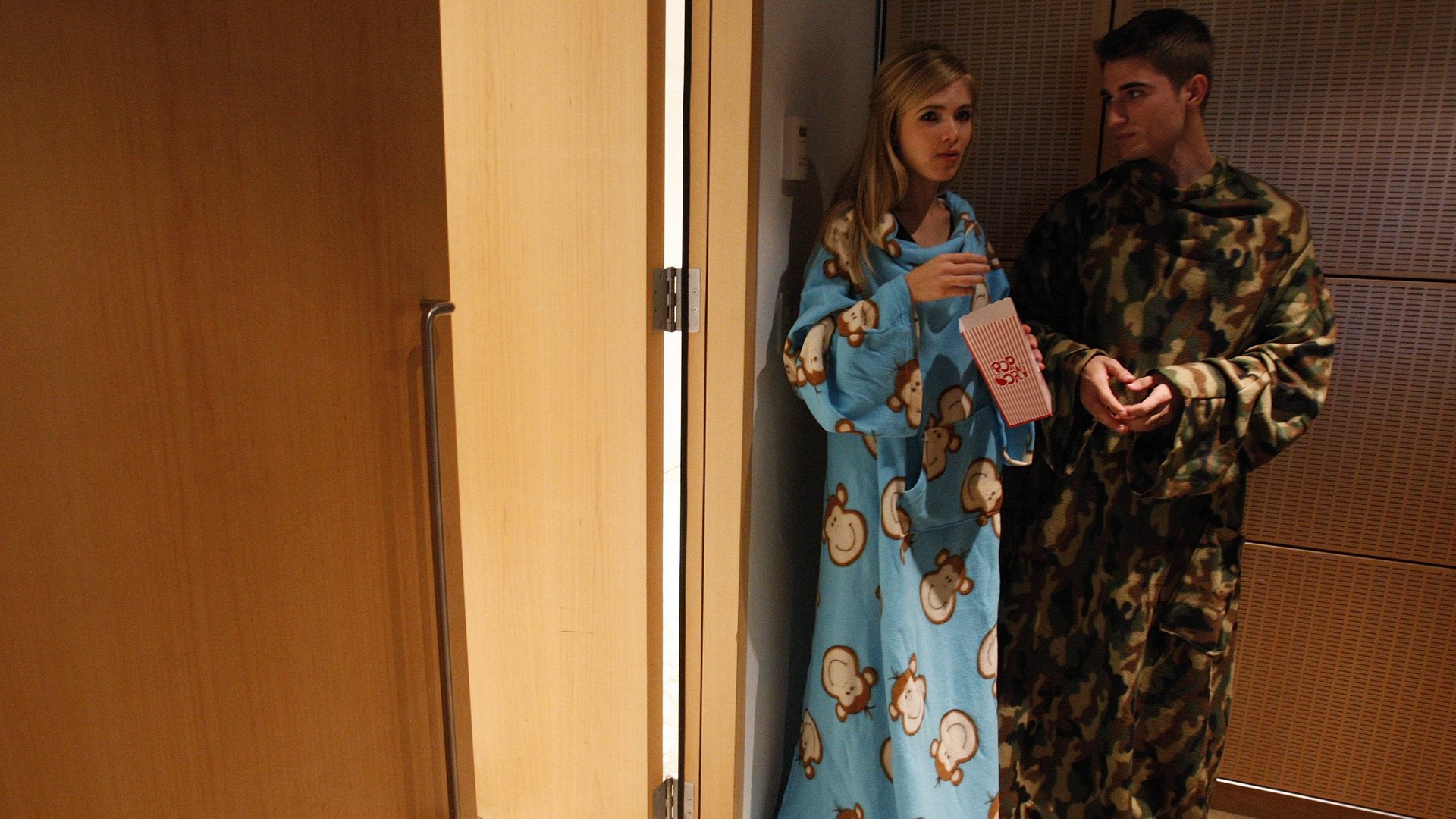A judge has ruled that Snuggies are not actually clothes. Hopefully Crocs are next
Snuggies may look like robes—flowing, loose, sleeved—but after the conclusion of a prolonged court battle this week, they are definitely, legally, not clothes.


Snuggies may look like robes—flowing, loose, sleeved—but after the conclusion of a prolonged court battle this week, they are definitely, legally, not clothes.
The US Court of International Trade on Feb. 10 ruled in favor of Snuggie-maker Allstar Marketing Group, which has spent the better part of a decade fighting the US Department of Justice (DOJ) and US Customs and Border Protection over their designation of the infamous blanket-shirts as clothing.
The legal drama dates back to 2010 (.doc file), when Allstar first protested the classification of its product as a garment in the Harmonized Tariff System, which provides duty rates for every single item that exists (garments, incidentally, are item 6114.30.30). At the time, Snuggie was lumped in with leotards, bathing suits, jumpsuits, and other pullover apparel. Such items have an import duty of 14.9%, compared with 8.5% for blankets (HTS item 6301.40.00).
The DOJ argued that the Snuggie resembles “clerical or ecclesiastical garments and vestments” and “professional or scholastic gowns and robes,” all of which “have wide-armed sleeves and flow loosely around the body.” Since those other garments have closures, Allstar countered that the Snuggie’s open back made it more of a blanket. The company also pointed out that the Snuggie’s original packaging and marketing (circa 2008) did indeed refer to it as “a blanket with sleeves.”
In last week’s 32-page ruling (pdf), judge Mark Barnett sided with Allstar, saying in a variety of ways that sleeves do not an official shirt make. With respect to Customs’ argument that Snuggies were marketed as garments, Barnett had this to say:
Defendant (Customs) contends the “one size fits all” nature of the Snuggie® supports classifying it as a garment because “fit” is “characteristic of a specification for garments.”…. However, “fit” in the context of “one size fits all” is a misnomer, and merely conveys single-size availability. Notwithstanding the presence of the loose-fitting sleeves, there is nothing “fitted” about the Snuggie® …. The Snuggie®’s physical characteristics and features, such as its dimensions and lack of rear closure, do not resemble a “normal article of apparel,” or an article “ordinarily worn” in any “commonplace . . . way.”
The court also noted that Allstar had obtained trademark protection from the U.S. Patent and Trademark Office to use the mark “Snuggie[®]” on “fleece blankets and throws.”
The court further finds that the sleeves are incidental to the Snuggie®’s use as a blanket; the sleeves are not so substantial as to transform the Snuggie® into something other than a blanket. The undisputed facts show that the Snuggie® “preserve[s]” the “essential characteristic[s]” of a blanket—a large piece of fabric providing a warm covering. The sleeves support, rather than detract from, the Snuggie®’s “primary design and use” as a blanket because they ostensibly enable the Snuggie® to remain in place and keep the user warm while allowing the user to engage in certain activities requiring the use of their hands.
So there you have it. A blanket is a blanket. A blanket with two sleeve-like tubes that doesn’t button or zip or snap together: also a blanket. And plastic perforated clogs in a variety of painfully intense colors? Sadly, still shoes.